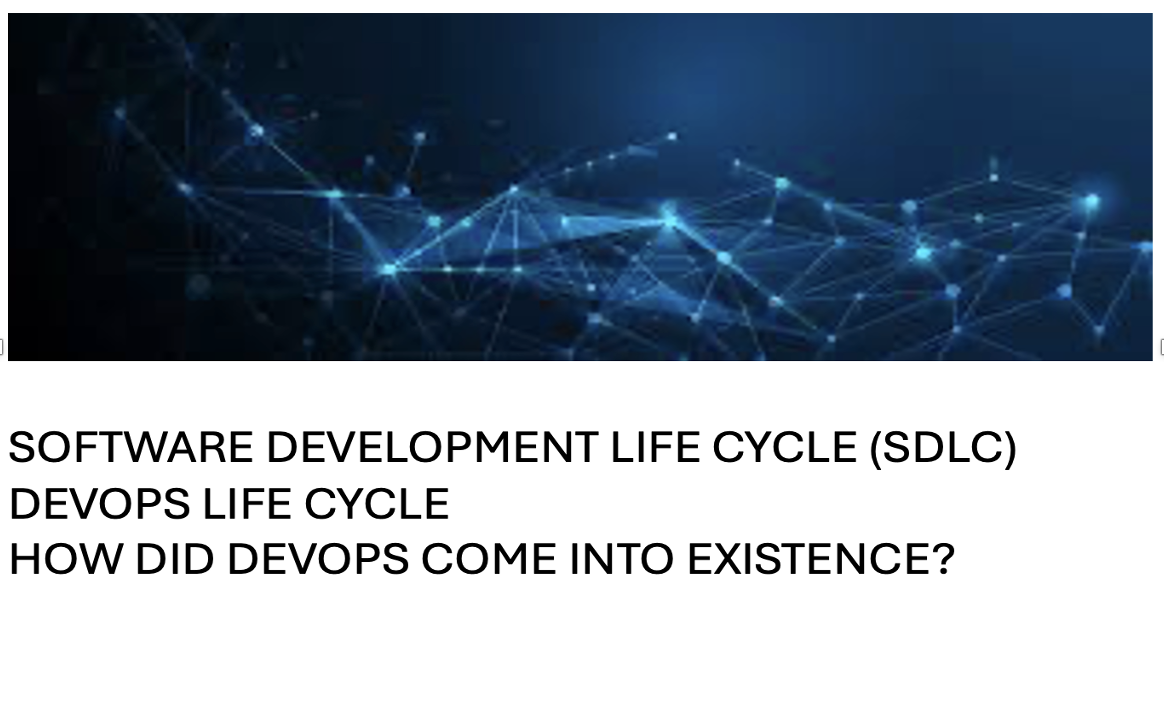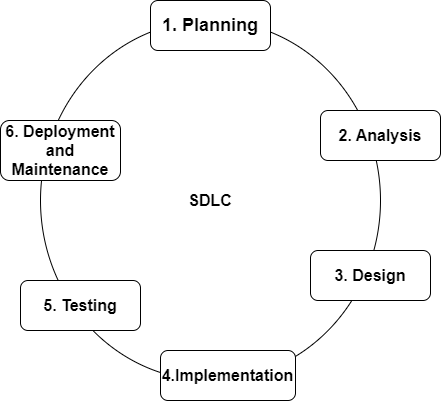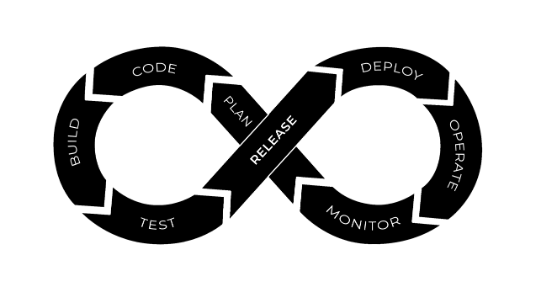Software Development Life Cycle and DevOps Life Cycle. How did DevOps come into existence?
 Niharika reddy
Niharika reddy
Understanding the Software Development Life Cycle (SDLC) is an asset to thoroughly understanding the DevOps Life Cycle.
Let’s get started..!
Software Development Life Cycle (SDLC)- This is a standard approach and a set of protocols followed by an organization to achieve the goal. Let’s deep dive into the phases of SDLC:

Planning: The client and development team discuss the basic requirements of a software like the purpose of an application, the details about the end-user of the product, and important elements like the formats and attributes of the application for designing and overall user interface design of the software.
Requirement Analysis: This phase includes detailed information about each element to design software, validating the installation of elements in the application according to the client’s requirements, Calibrating the security protocols and risk analysis of a software application, and all the discussed details are then filed into the Software Requirement Specification document (SRS).
Design: Following the SRS document, the system design defines the overall architecture of the software and checks its feasibility with the client’s requirements, and then all the details of this phase are added to the Design Document Specification (DDS).
Implementation: Developers start writing the code based on the design.
Testing: Conducts tests to ensure software meets the specified requirements makes sure the software is bug/error free and ensures the quality of the product.
Deployment and Maintenance: The software application is ready for deployment and customer use. After the deployment is finished and customer starts using the application and may find an error or a bug which is to be fixed from time to time. So, Maintenance includes bug fixing, releasing the latest updates, and addressing issues reported by the user.
Now, let us discuss the DevOps Life Cycle.
Firstly, it’s recommended to know about the existence of DevOps. What are the drawbacks of traditional approach? Why DevOps came into picture?
The software development and deploying and managing the application in production environment were separate teams with different goals and priorities. This approach led to the lack of miscommunication. Also, traditional approach relied a lot on manual processes like code deployment, Infrastructure provision which consequently led to inefficient resource utilization, higher costs, and slower deployment. In order to overcome this, DevOps came into picture which aims to stronger the communication between development and Operations team, automation and continuous feedback throughout the process to deliver high-quality software.
Let’s deep dive into the DevOps Life Cycle:

Plan: During this stage, the team works together with the business stakeholders to specify the features that will be delivered to determine the project requirements.
Code: The development team writes the application’s code during this phase.
Build: During this phase, the code is compiled and converted into executable binaries or packages. This phase involves code compilation, unit testing, and application packaging.
Test: During this step, the application is tested to ensure that it fulfills the required quality standards and specifications. This involves testing at various stages, such as unit, integration, and acceptability tests.
Release: Software will be deployed in the testing server. The software undergoes a quick final check for the deployment.
Deployment: Software/Applications will be deployed in the production server and making it accessible to users.
Operate: The application is kept current and monitored in the production environment. This includes tasks like deploying new code, configuring servers, managing infrastructure, and ensuring that the system is running smoothly and efficiently. Operators typically work on tasks related to automation, scaling, and availability of the system.
Monitor: The application is kept current and monitored in the production environment. This phase involves keeping a close eye on the system's performance, health, and availability. It involves collecting and analyzing data from various sources such as servers, applications, databases, and network devices to detect issues, identify trends, and ensure that the system meets its performance objectives. Monitoring tools help in tracking metrics, generating alerts, and providing insights into the system's behavior.
Subscribe to my newsletter
Read articles from Niharika reddy directly inside your inbox. Subscribe to the newsletter, and don't miss out.
Written by
